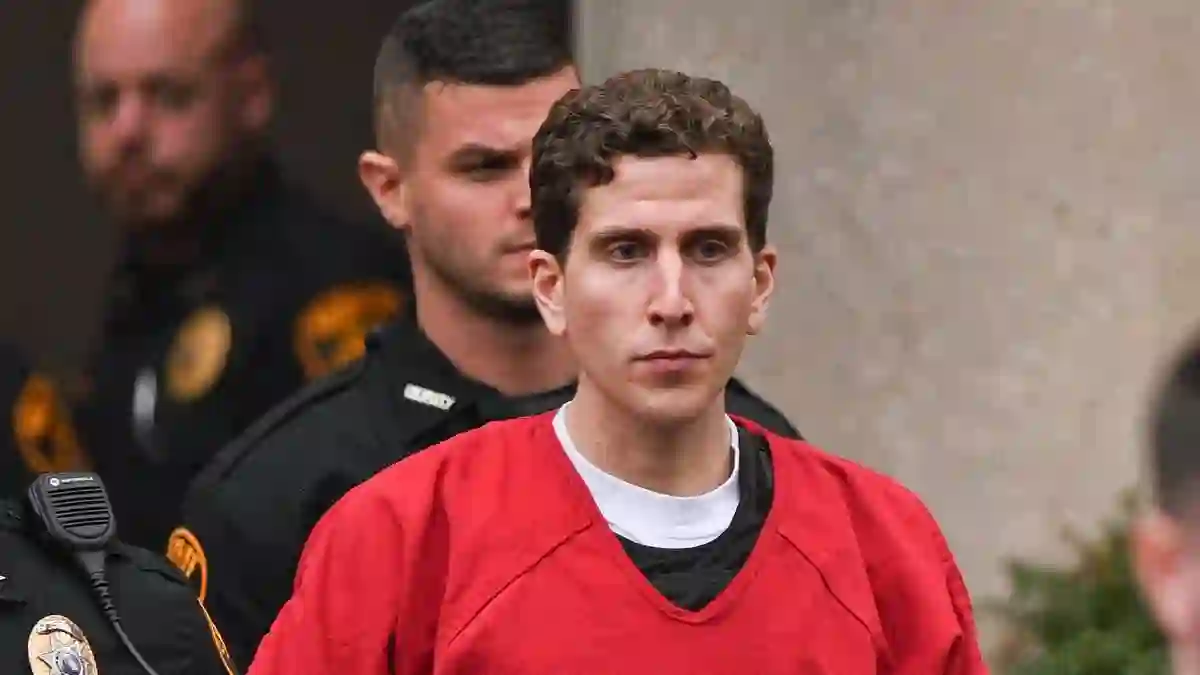In the aftermath of Bryan Kohberger’s chilling guilty plea to the murders of four University of Idaho students, one question continues to haunt everyone:
Why did he do it? The shocking case has gripped the country for nearly two years, and while Kohberger has finally admitted to the crimes, he’s remained eerily silent about his motive.
Now, a new theory from a seasoned forensic psychiatrist may finally shed light on the disturbing reason behind the killings — and it traces back to a long-forgotten heartbreak from Kohberger’s teenage years.
A Rejection That Left a Lasting Scar
Dr. Carole Lieberman, who’s spent over 20 years analyzing the minds of criminals, believes the motive might be rooted in something painfully personal.
She noticed that two of the victims, Madison Mogen and Kaylee Goncalves, closely resembled a blonde middle school cheerleader who once rejected Kohberger.
According to Dr. Lieberman, that rejection may have sparked a deep psychological wound.
In her words, “He took out the rage that he built up over the years, towards this first love and all the subsequent women who rejected him, with each bloody stab of the knife.”
A Plan That Spiraled into Tragedy
Investigators say Kohberger slipped into the victims’ off-campus rental home just after 4 a.m., entering through a sliding glass door.
He reportedly went straight upstairs, where Mogen and Goncalves were sleeping in the same bed.
While some believe he intended to kill just those two, the plan may have unraveled when he ran into another roommate, Xana Kernodle, and her boyfriend Ethan Chapin. Both were also killed.
Two others in the house were left unharmed — adding to speculation that this was never meant to be a random massacre, but a targeted attack that escalated.
Obsession with the “Unattainable Type”
Kohberger, now 28, has a history of awkward and obsessive behavior around women.
Back in middle school, he reportedly pursued cheerleader Kim Kenely relentlessly — leaving notes in her locker and making repeated, unwanted advances.
Her mother recalled how Kohberger would say things like, “Oh Kim, I think you’re very pretty,” only to be brushed off.
Kenely didn’t engage with him, and her rejection, especially during the brutal social dynamics of adolescence, may have been deeply scarring.
Dr. Lieberman believes Kohberger later saw Mogen and Goncalves — bubbly, blonde, confident — as the very image of what he could never have.
A Pattern of Failed Interactions
Kohberger’s struggle with women didn’t end in middle school.
In 2015, he had a single known date through Tinder, which ended badly.
The woman, Hayley Wette, said he creeped her out, refused to leave her dorm, and only left after she pretended to vomit.
Dr. Lieberman argues these repeated failures turned into something darker over time — a growing cocktail of rejection, shame, and simmering anger.
She says, “He already had this chip on his shoulder… that made it harder and harder for him to meet a girl who wanted to go out with him.”
A Crime Scene That Screamed Rage
Before Kohberger’s arrest, Dr. Lieberman already suspected the killer might be an incel — a term used for someone who is involuntarily celibate and often harbors resentment toward women.
Police described the Idaho crime scene as one of the most horrifying they’d ever encountered. Blood was everywhere.
Each victim had been stabbed multiple times, some showing signs of a struggle.
A knife sheath left behind carried Kohberger’s DNA.
According to Dr. Lieberman, this level of brutality suggests a deeply personal motive.
“This wasn’t just about killing — it was about unleashing years of pent-up fury,” she said.
Why Madison and Kaylee?
While authorities haven’t officially confirmed how Kohberger selected his victims, clues suggest a fixation on Mogen and Goncalves.
He reportedly followed them on Instagram and messaged one repeatedly.
He even visited the restaurant where they worked, ordering vegan pizza and eating alone.
Even more disturbing — his phone pinged near their home 23 times in the two months before the murders, often late at night.
Dr. Lieberman believes he was stalking them, seeing in them a reflection of all the women who had rejected him — and planning his twisted revenge.
Echoes of Other Killers
Dr. Lieberman compares Kohberger’s mindset to that of other infamous killers.
Elliot Rodger, who killed six people in California in 2014, also claimed his attack was a form of “retribution” against women who rejected him.
She also draws parallels to Ted Bundy, who murdered dozens of women in the 1970s — many of whom resembled his first girlfriend.
Like Bundy and Rodger, Kohberger’s rage appears to have been deeply personal and disturbingly calculated.
No Signs of Remorse
Kohberger’s demeanor during his recent court appearance was chilling.
According to Dr. Lieberman, he appeared more annoyed than remorseful.
“He was so angry, so defiant,” she said.
“It was like he just wanted to get it over with.”
When asked to plead guilty, he gave short, indifferent answers — barely acknowledging the gravity of what he’d done.
Offering Families a Sense of “Why”
Dr. Lieberman says she felt compelled to speak publicly not to speculate, but to help the victims’ families understand something they may never hear from Kohberger himself.
“They aren’t going to get a motive from him.
But I want them to know this wasn’t their children’s fault.
This wasn’t because of anything they did,” she explained.
“This was the result of one man’s twisted obsession and the demons he never dealt with.”
Still So Many Questions
While Kohberger’s guilty plea closes one chapter of the case, the emotional and psychological aftermath lingers.
Families are left grieving, the public is still searching for answers, and experts like Dr. Lieberman are trying to fill in the blanks.
If anything, this theory brings a chilling reminder — sometimes, the monsters we see in the news were once just kids nursing heartbreak, whose pain turned into something unthinkable.
